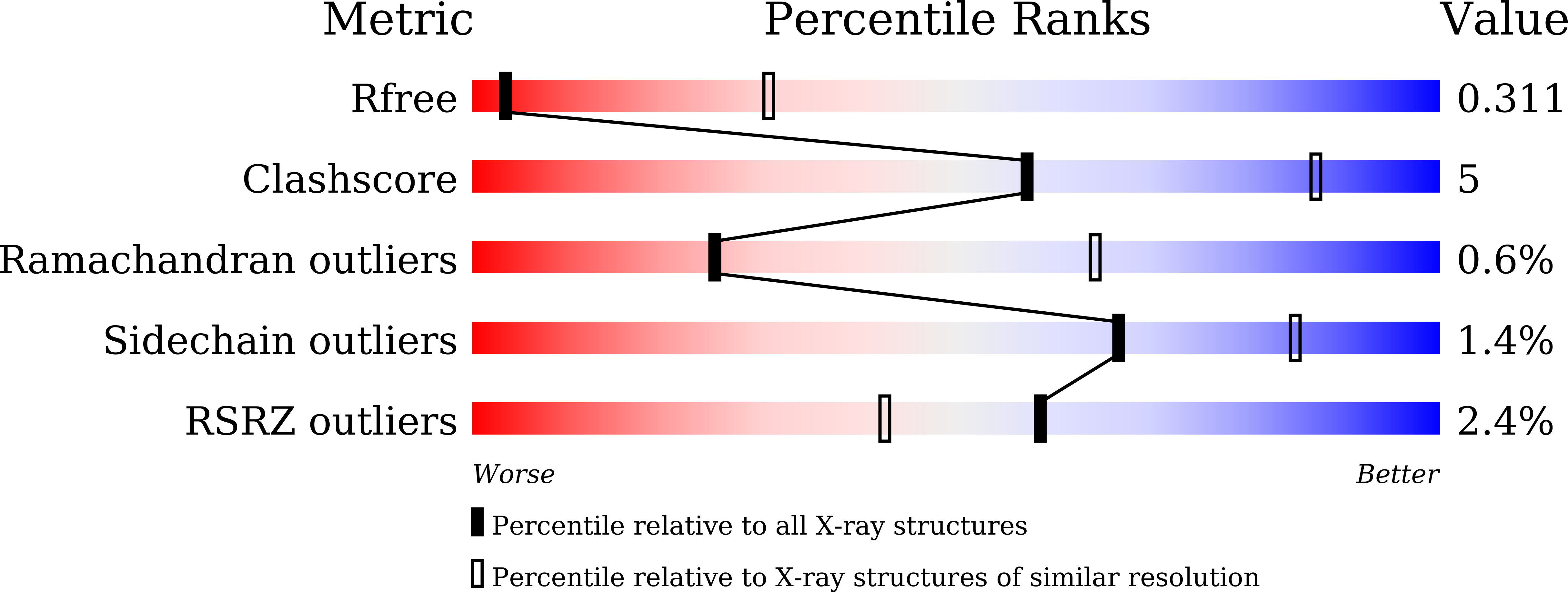
Deposition Date
2022-02-19
Release Date
2022-05-18
Last Version Date
2023-11-29
Entry Detail
PDB ID:
7WZS
Keywords:
Title:
Crystal structure of Chromobacterium violaceum effector CopC in complex with host calmodulin and caspase-7
Biological Source:
Source Organism:
Chromobacterium violaceum ATCC 12472 (Taxon ID: 243365)
Homo sapiens (Taxon ID: 9606)
Homo sapiens (Taxon ID: 9606)
Host Organism:
Method Details:
Experimental Method:
Resolution:
3.60 Å
R-Value Free:
0.31
R-Value Work:
0.27
R-Value Observed:
0.27
Space Group:
P 43 21 2


